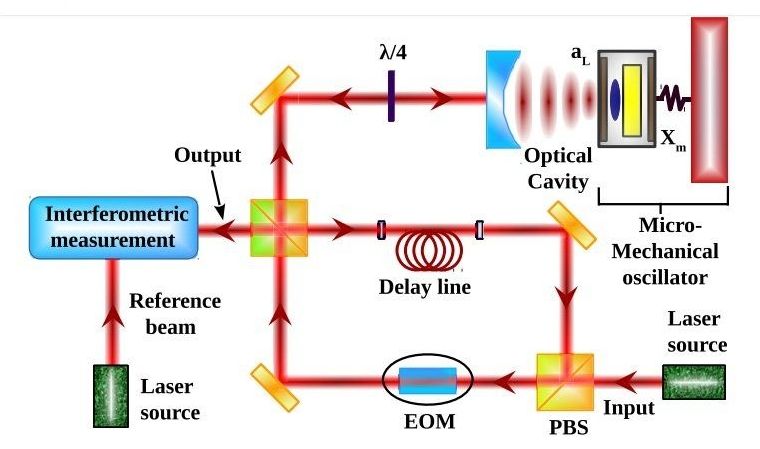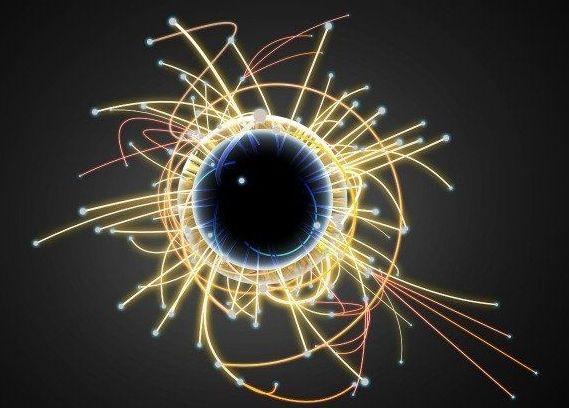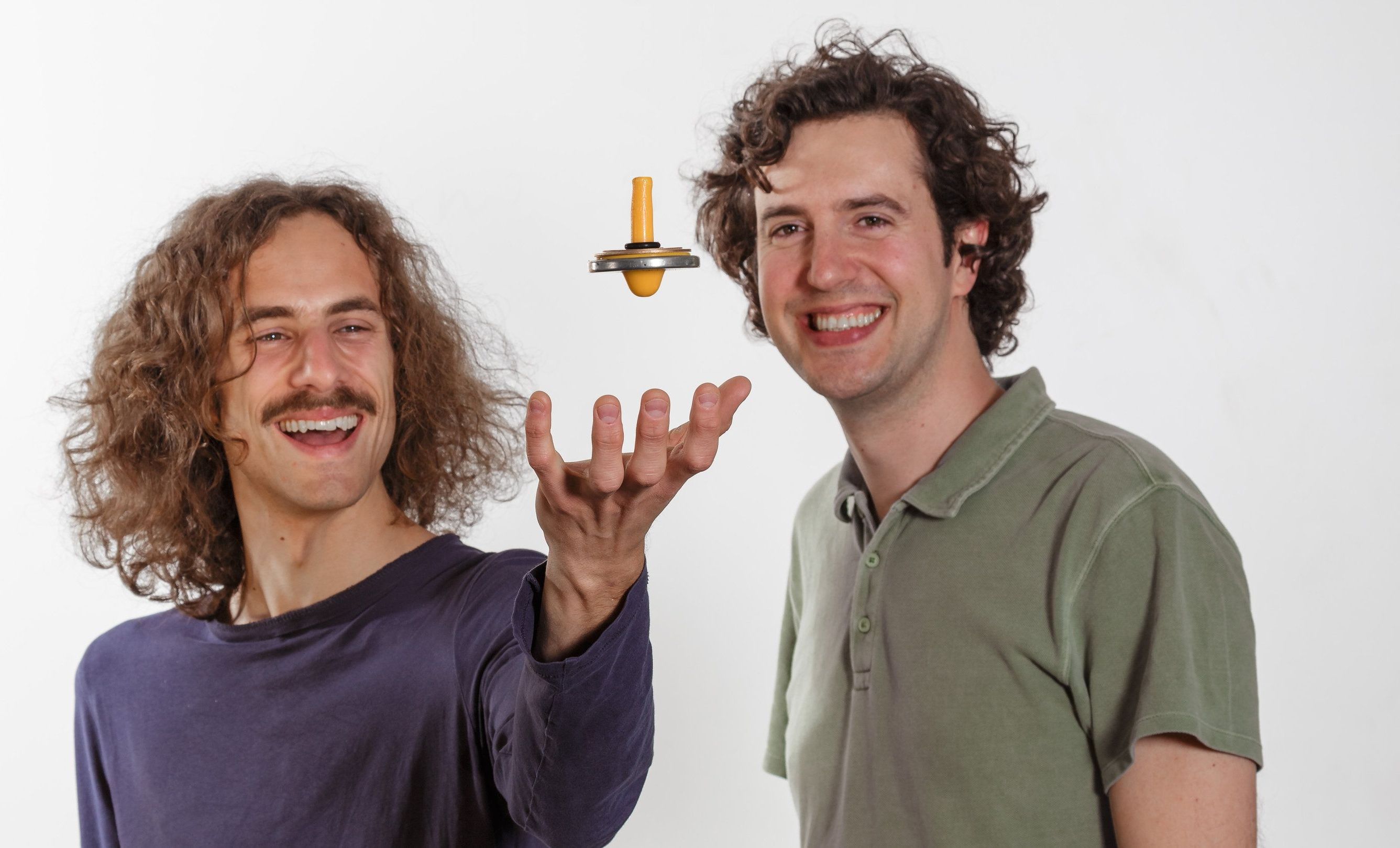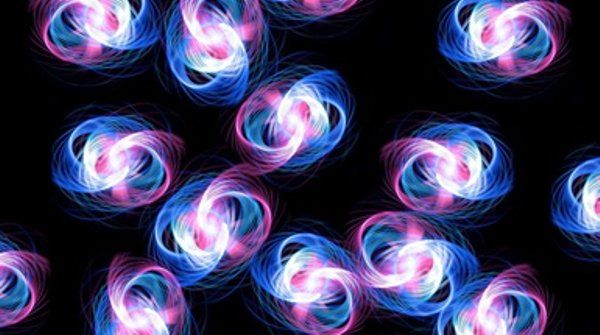China is leading the world in developing unbreakable encryption using quantum physics.



Physicists have proposed a way to test quantum gravity that, in principle, could be performed by a laser-based, table-top experiment using currently available technology. Although a theory of quantum gravity would overcome one of the biggest challenges in modern physics by unifying general relativity and quantum mechanics, currently physicists have no way of testing any proposed theories of quantum gravity.
Now a team of seven physicists from various countries, S. Dey, A. Bhat, D. Momeni, M. Faizal, A. F. Ali, T. K. Dey, and A. Rehman, have come up with a novel way to experimentally test quantum gravity using a laser-based experiment. They have published a paper on their proposed test in a recent issue of Nuclear Physics B.
One reason why testing quantum gravity is so challenging is that its effects appear only at very high-energy scales and their corresponding tiny length scales. These extreme scales, which are very near the Planck scale, are roughly 15 orders of magnitude beyond those accessible by the Large Hadron Collider (LHC), by far the world’s highest-energy experiment.


Quantum physicists in Oriol Romero-Isart’s research group in Innsbruck show in two current publications that, despite Earnshaw’s theorem, nanomagnets can be stably levitated in an external static magnetic field owing to quantum mechanical principles. The quantum angular momentum of electrons, which also causes magnetism, is accountable for this mechanism.
Already in 1842, British mathematician Samuel Earnshaw proved that there is no stable configuration of levitating permanent magnets. If one magnet is levitated above another, the smallest disturbance will cause the system to crash. The magnetic top, a popular toy, circumvents the Earnshaw theorem: When it is disturbed, the gyrating motion of the top causes a system correction and stability is maintained. In collaboration with researchers from the Max Planck Institute for Quantum Optics, Munich, physicists in Oriol Romero-Isart’s research group at the Institute for Theoretical Physics, Innsbruck University, and the Institute for Quantum Optics and Quantum Information, Austrian Academy of Sciences, have now shown that: In the quantum world, tiny non-gyrating nanoparticles can stably levitate in a magnetic field.
Advanced materials that seem like they come from Star Trek are becoming reality today.

Google unveiled software aimed at making it easier for scientists to use the quantum computers in a move designed to give a boost to the nascent industry.
The software, which is open-source and free to use, could be used by chemists and material scientists to adapt algorithms and equations to run on quantum computers. It comes at a time when Google, IBM, Intel Corp., Microsoft Corp. and D-Wave Systems Inc. are all pushing to create quantum computers that can be used for commercial applications.

The relationship between the mind and the brain is a mystery that is central to how we understand our very existence as sentient beings. Some say the mind is strictly a function of the brain — consciousness is the product of firing neurons. But some strive to scientifically understand the existence of a mind independent of, or at least to some degree separate from, the brain.
The peer-reviewed scientific journal NeuroQuantology brings together neuroscience and quantum physics — an interface that some scientists have used to explore this fundamental relationship between mind and brain.
An article published in the September 2017 edition of NeuroQuantology reviews and expands upon the current theories of consciousness that arise from this meeting of neuroscience and quantum physics.

A team of researchers with Università degli Studi di Padova and the Matera Laser Ranging Observatory in Italy has conducted experiments that add credence to John Wheeler’s quantum theory thought experiment. In their paper published on the open access site Science Advances, the group describes their experiment and what they believe it showed.
The nature of light has proven to be one of the more difficult problems facing physicists. Nearly a century ago, experiments showed that light behaved like both a particle and a wave, but subsequent experiments seemed to show that light behaved differently depending on how it was tested, and weirdly, seemed to know how the researchers were testing it, changing its behavior as a result.
Back in the late 1970s, physicist Johan Wheeler tossed around a thought experiment in which he asked what would happen if tests allowed researchers to change parameters after a photon was fired, but before it had reached a sensor for testing—would it somehow alter its behavior mid-course? He also considered the possibilities as light from a distant quasar made its way through space, being lensed by gravity. Was it possible that the light could somehow choose to behave as a wave or a particle depending on what scientists here on Earth did in trying to measure it? In this new effort, the team in Italy set out to demonstrate the ideas that Wheeler had proposed—but instead of measuring light from a quasar, they measured light bounced from a satellite back to Earth.


D-Wave system shows quantum computers can learn to detect particle signatures in mountains of data, but doesn’t outpace conventional methods — yet.